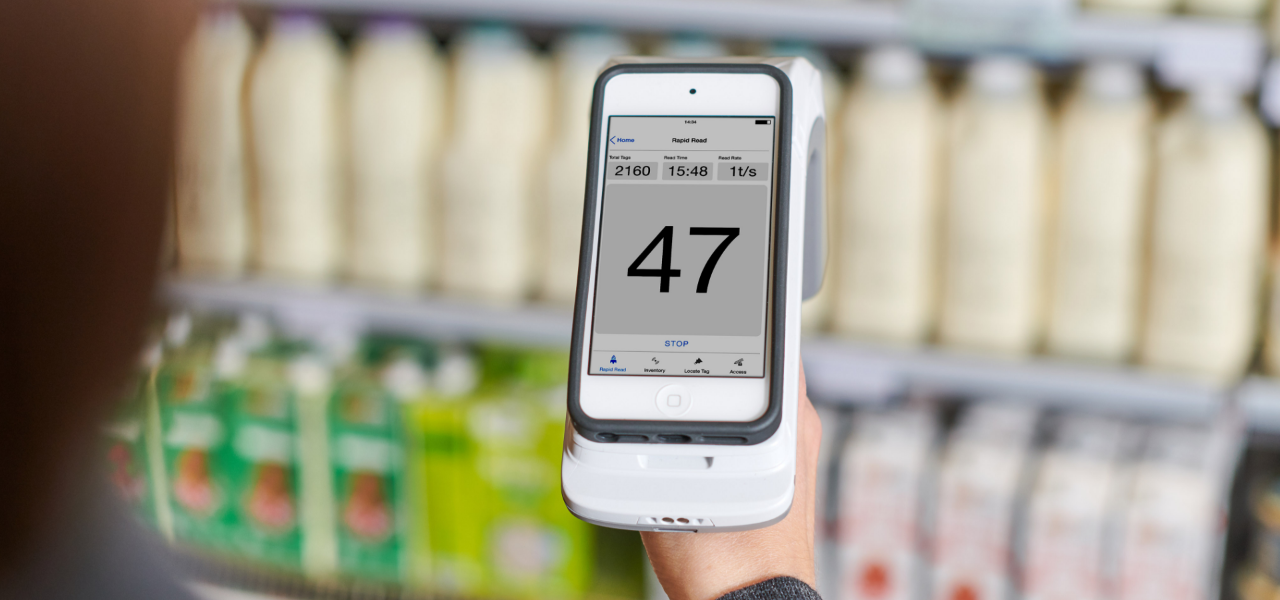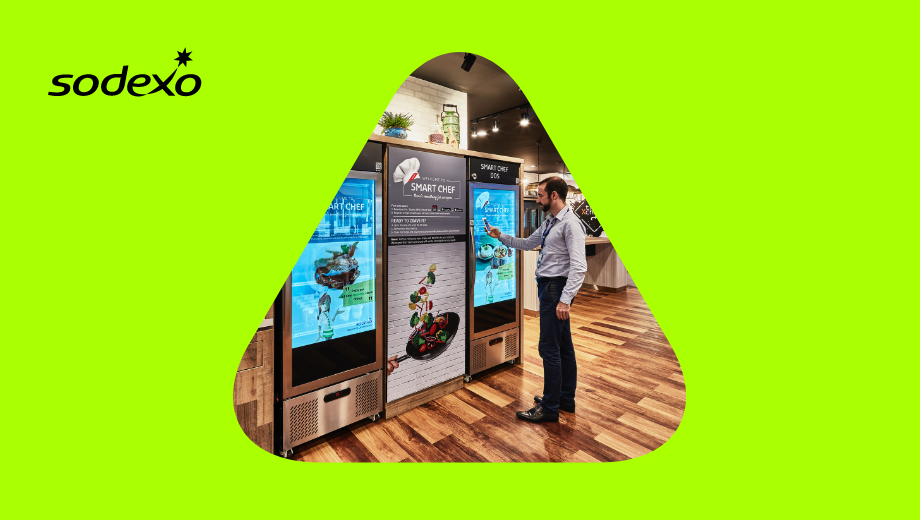In contrast, online orders which are fulfilled by robots picking products in automated warehouses have demonstrated near zero loss rates. These systems always select the expiry date that is next in line, eliminating human error from staff and human preference from shoppers.
Fresh ideas for inventory management
People love to see, touch, smell, and pick their ingredients. So how can existing technology be applied in-store to keep the best click-and-collect and in-person customer experience, and help leadership and in-store staff bring loss down to low single figures?
The game-changing decision is to implement item-level identification for any product. From the moment an item receives a label with RFID, whether it is applied in-store for example at the bakery, or it is applied by a producer at the start of the supply chain, the product’s journey is traceable. If it is damaged and placed in waste containers, or it leaves the store through theft or human error, it can be logged in a system and management learns exactly where the problems are that need addressing.
In-store this transforms inventory management. Staff can instantly scan shelves to identify expiry date risks, and a more structured process can be maintained throughout each day that presents the products you want to sell first, and prevent the newest deliveries immediately getting front shelf space.
In North America alone, Coresight research calculates waste is costing grocers $16 billion in lost profits. Additionally, our own research reveals waste in the supply chain accounts globally for over 10% of inventory being lost before it reaches consumers. The majority of this inventory loss is unnecessary. The question is do grocers feel the damage it does to the business justifies rethinking their inventory management systems? Once they embrace technologies such as RFID, it will lead to the same paradigm shift that has been experienced by global fashion retail leaders. In-store it arms managers and staff with the insights and tools they need to optimize inventory and reduce loss. Once extended along the supply chain it can create item-level traceability from ‘farm-to-fork’, removing waste and loss at every stage of the supply chain and giving marketing the insights to create more powerful customer experiences.
Offering customers the best fresh range is possible without a negative impact on profit, in-store personnel, and sustainability. The future of food retail lies not just in the quality of the produce and the customer experience, but in the smart use of technology to manage it.




